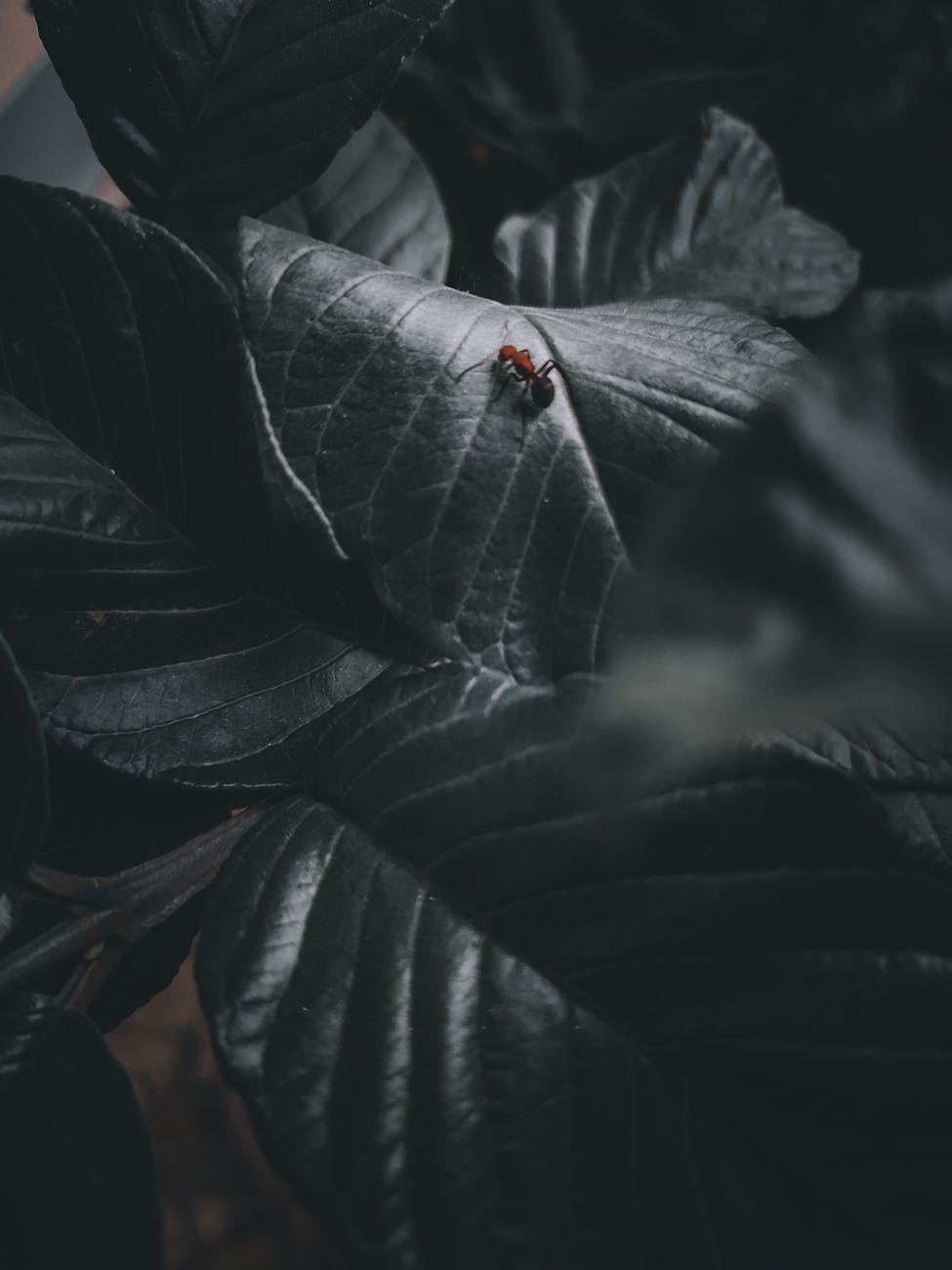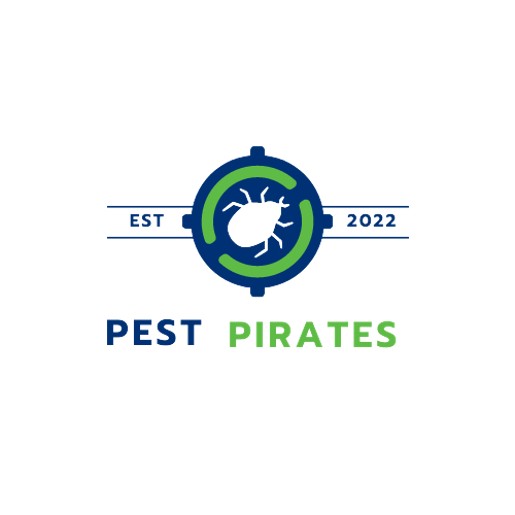
Termite Treatment Options
Treating termite infestations effectively requires a strategic approach, especially when dealing with Formosan termites eradication. These aggressive pests can cause significant damage to your home, so it’s crucial to understand the treatment options available to you. Below, we’ll explore bait stations that utilize novaluron and foam termiticide treatments as two viable methods for termite control.
Bait Stations and Novaluron
Bait stations are a popular method for controlling termite populations. They work by attracting termites to a food source that contains an insect growth regulator, such as novaluron. Novaluron impedes the termites’ ability to molt, which is critical to their growth and survival, ultimately leading to the collapse of the colony.
The Trelona ATBS Annual Bait Stations, for instance, employ novaluron and are placed strategically around the perimeter of a property. According to BASF Pest Control, these bait stations should be installed within three feet of building foundations. The recommended spacing is 10 to 15 feet apart, but no more than 20 feet apart, to maximize coverage and effectiveness. It’s important to optimize placement based on conditions that are conducive to termite activity.
For homeowners considering bait stations, here’s a quick guide to their placement:
| Placement Area | Distance from Foundation | Spacing Between Stations |
|---|---|---|
| Around property perimeter | Within 3 feet | 10 – 15 feet (max 20 feet) |
By implementing bait stations, you can target termites where they are active, offering a solution that is effective over time. For more information on bait systems, including options like the Sentricon® Bait System, explore our dedicated article on best termite baits.
Foam Termiticide Treatments
Foam termiticides present another approach, especially useful for reaching difficult-to-access areas where termites hide. This method involves injecting a foam that contains termiticides such as fipronil or imidacloprid into spaces where termites are active, like wall voids and other concealed areas.
Foam treatments are particularly effective for controlling aerial colonies of Formosan termites, which are known for nesting above ground. The foam expands to fill these spaces, ensuring contact with the termites and providing a thorough treatment. The Mississippi State University Extension Service notes that active ingredients like fipronil and imidacloprid are commonly used in these foam treatments due to their efficacy.
When considering foam termiticide treatments, it’s vital to understand that this method should be part of a comprehensive termite management plan. You might also want to look into chemical termite treatments and termite fumigation processes for additional control methods.
Foam termiticide treatments and bait stations are just two of the options available to you in the fight against termites. Whether you’re dealing with drywood termites, dampwood termites, or Formosan termites, it’s important to stay informed on signs of termite infestation and the most effective methods for their eradication. Remember, for the best results and to maintain a termite-free home, it’s recommended to seek assistance from a reliable termite control company.
Formosan Termite Control Strategies
Formosan termites, known for their aggressive nature and destructive tendencies, can be a nightmare for homeowners. If you are dealing with these voracious pests, understanding the right control strategies is essential. Below, we discuss soil termiticides and the Sentricon® Bait System, two effective methods for Formosan termites eradication.
Soil Termiticides
To manage Formosan subterranean termites, creating a chemical barrier between termites and structures is a common approach. Soil termiticides are applied around the perimeter of your home to prevent termite invasions. According to research from the University of Florida, these termiticides are designed to provide a long-lasting barrier that termites cannot penetrate, protecting your home from these unwanted guests.
When selecting a soil termiticide, it is crucial to choose a product that is specifically labeled for Formosan termite control. Apply the termiticide according to the label instructions, and consider consulting a reliable termite control company for professional application. This will ensure the product is used safely and effectively.
Sentricon® Bait System
The Sentricon® Termite Colony Elimination System is a groundbreaking solution for Formosan termite control. This system uses bait stations filled with a chitin synthesis inhibitor (CSI) called noviflumuron. As termites feed on the bait, they share it with the rest of the colony through trophallaxis. This sharing leads to the disruption of the molting process and eventually causes the collapse of the colony (University of Florida).
Baiting neighboring termite colonies is an innovative approach that leverages the social behavior of termites. By baiting one colony, you can indirectly impact adjacent colonies, spreading the toxic substances and leading to secondary elimination. This method has been shown to be more cost-effective in the long run compared to conventional control methods, with the potential to eliminate multiple colonies simultaneously (GC Termite Control).
For successful implementation of the Sentricon® system, it is important to position the bait stations strategically around your property. Regular monitoring and replenishment of the bait are also necessary to maintain the system’s effectiveness. Homeowners are encouraged to work with certified Sentricon® specialists to ensure proper installation and maintenance.
By employing these control strategies, you can defend your home against Formosan termites and reduce the risk of extensive damage. Whether you choose soil termiticides or the Sentricon® Bait System, a combination of targeted treatments and preventive measures will help you maintain a termite-free home. For further insights on termite control, explore our resources on differentiating termites from other insects and regular termite inspections.




